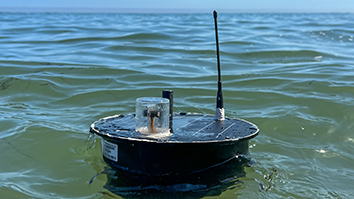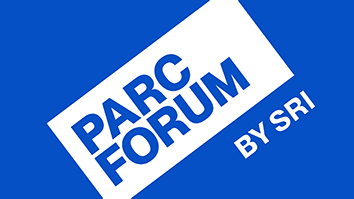Citation
T. Hori, Z. Chen, H. Erdogan, J.R. Hershey, J. Le Roux, V. Mitra and S. Watanabe, “The MERL/SRI System for the 3rd chime challenge using beamforming, robust feature extraction and advanced speech recognition,” p. 475.
Abstract
This paper introduces the MERL/SRI system designed for the 3rd CHiME speech separation and recognition challenge (CHiME-3). Our proposed system takes advantage of recurrent neural networks (RNNs) throughout the model from the front speech enhancement to the language modeling. Two different types of beamforming are used to combine multimicrophone signals to obtain a single higher quality signal. Beamformed signal is further processed by a single-channel bi-directional long short-term memory (LSTM) enhancement network which is used to extract stacked mel-frequency cepstral coefficients (MFCC) features. In addition, two proposed noise-robust feature extraction methods are used with the beamformed signal. The features are used for decoding in speech recognition systems with deep neural network (DNN) based acoustic models and large-scale RNN language models to achieve high recognition accuracy in noisy environments. Our training methodology includes data augmentation and speaker adaptive training, whereas at test time model combination is used to improve generalization. Results on the CHiME-3 benchmark show that the full cadre of techniques substantially reduced the word error rate (WER). Combining hypotheses from different robust-feature systems ultimately achieved 9.10% WER for the real test data, a 72.4% reduction relative to the baseline of 32.99% WER.
Index Terms— CHiME-3, robust speech recognition, beamforming, noise robust feature, system combination


